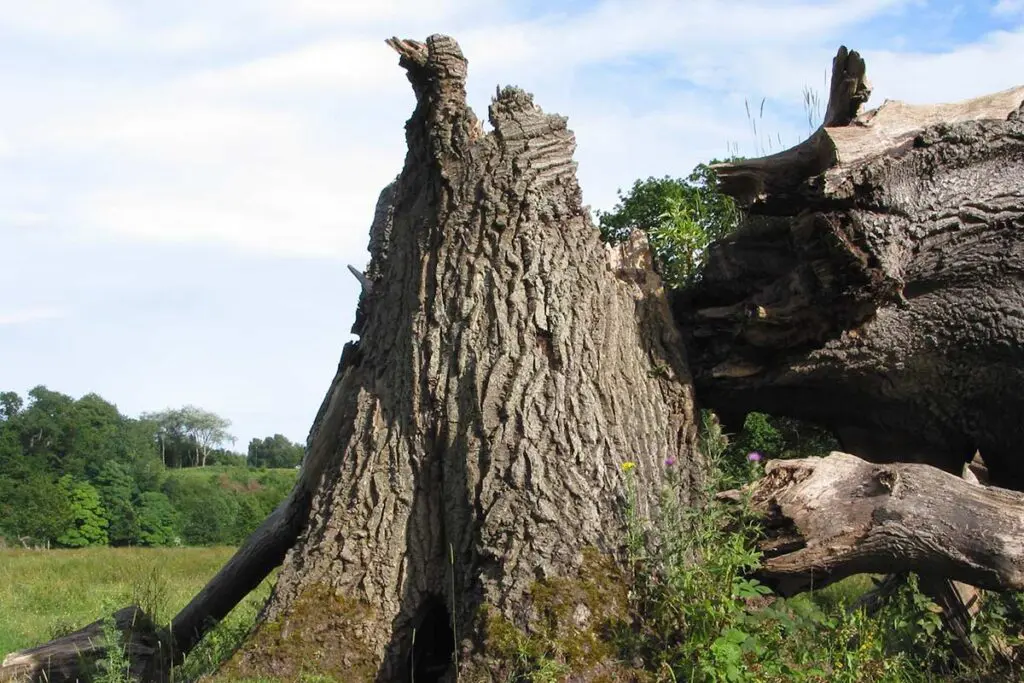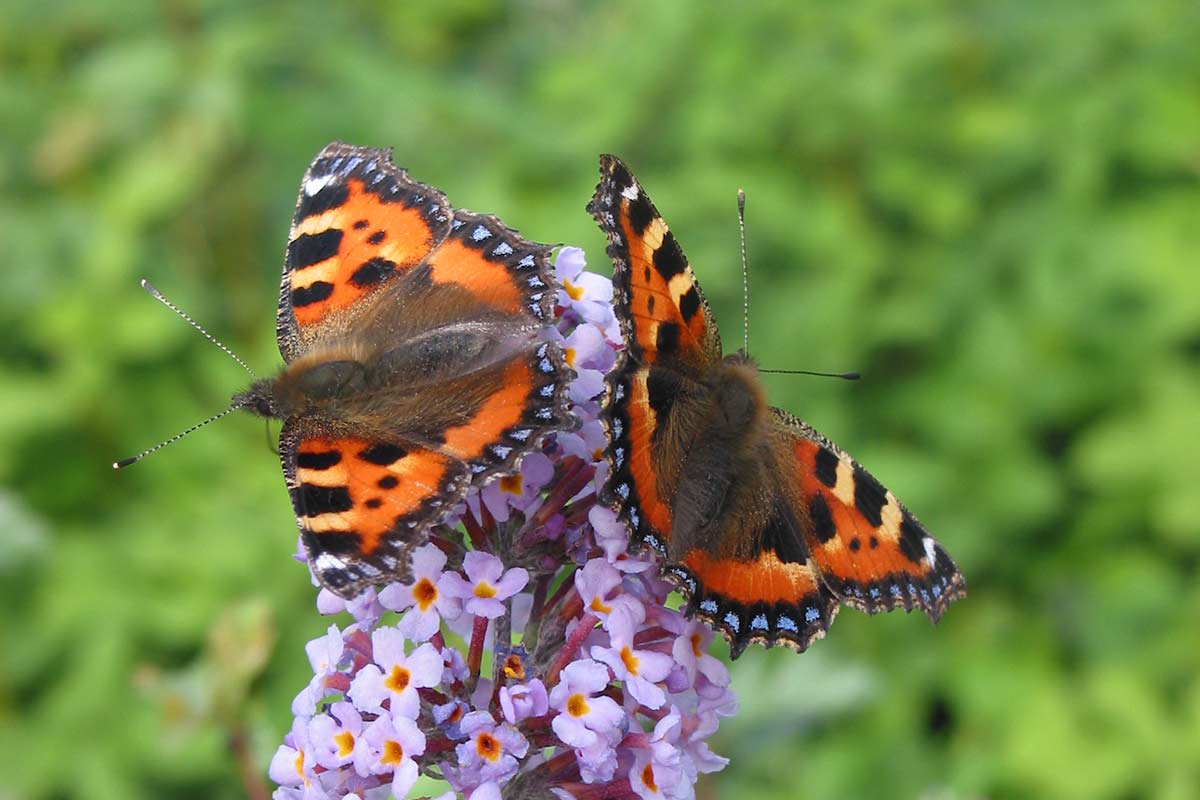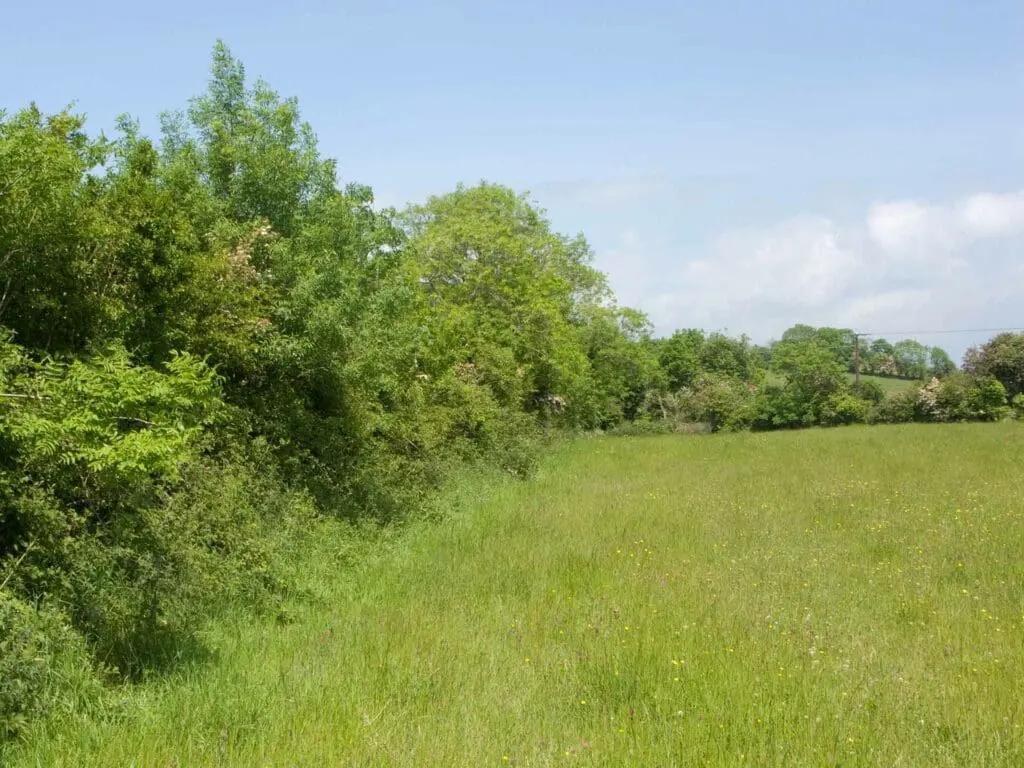Wildlife gardening is for everyone
You do not need any particular level of expertise to start a wildlife garden. There are only a few rights and wrongs that you will learn as you go along. You do not need much space. Even a window-box or a few pots is enough.
A wildlife garden does not have to be a wilderness. It can meet your aspirations as well as the needs of wildlife. Urban gardens are just as suitable as gardens in the countryside. In fact, they can be even more important as a wildlife haven.
The benefits of managing your garden for wildlife are immeasurable. You’ll have the excitement of discovering the creatures that have made the garden their home. You and your children will learn about the animals as you watch them. You’ll have the satisfaction of knowing that you are making a vital contribution to the conservation of your local environment. And your garden will simply become more interesting…
So what is wildlife gardening?
We can all name species of wildlife: birds, butterflies, creepy crawlies (not technically a species!), frogs, foxes, badgers, bats, and mice are just some.
Wildlife gardening is about encouraging these animals and others into your garden. Whilst you are unlikely to see all of these, every garden can accommodate some.
You probably already know more about wildlife gardening than you think. You can probably suggest items that might be found in a wildlife garden: your list may include a bird table, a pond, trees, flowers, or a bat box. To get a deeper knowledge of wildlife gardening, there are some concepts which may help you to understand what is actually going on outside your door.
Food chains
Aphids eat plants. Those aphids are eaten by insects which are eaten by birds. So to encourage birds into your garden, we need to make sure that the appropriate plants are present.
Life cycles
Many wildlife species go through different stages in their life cycle. For example, a butterfly starts life as an egg, hatches into a caterpillar, forms a chrysalis, and pupates into a butterfly. They have different requirements at each stage and thus at different times of year.
Year round food and shelter
Don’t forget to try to provide a continuous supply of food and shelter. Apart from helping the wildlife that has come to expect a constant welcome in your garden, you will also be ensuring that you have a continuous display to enjoy!
Service stations
Many species can travel relatively large distances, but often need ‘stopping off’ points en route to rest and feed. You could find that species, such as birds and butterflies, take a break in your garden while travelling between feeding, nesting or roosting points. This provides a vital link in the chain that allows species to migrate to places farther away. Thus, you may be helping species to colonise a much wider area, even though your garden in itself may not offer everything that is needed.
‘Pests’
All species are important parts of the ecosystem, even if they are what we would describe as ‘pests’. They provide food for animals further up the food chain. They may even turn into ‘friendly’ wildlife later on in their lives (remember that those caterpillars which eat the cabbages turn into butterflies later on). In addition, putting down pesticides may have adverse effects on other wildlife which accidentally get poisoned, either by eating the pesticide or by eating the poisoned ‘pest’. Try either organic methods of pest control, or plant more food plants than you need, and share them with wildlife.
Deadwood habitats
Just because it isn’t alive doesn’t mean that it isn’t important. Fallen trees or branches stacked in a pile provide a living space for many different kinds of insects which live in the wood or use it as shelter. Small mammals and amphibians may also use it as shelter. Fungi, lichen, moss and bacteria can also grow there.

Wildlife needs
Different wildlife species have different needs and, if you are to help them survive, you will need to meet some of these needs. It may not be necessary for you to meet all of the needs, however. A bird, for example, may perch and feed in your garden, but may nest elsewhere.
Butterflies
Butterflies are more dependant on native species than birds, and caterpillars will often feed on only a specific species of plant. Wildflower areas with a range of native species can be rich in wildlife as well as attractive. However, the butterflies themselves will often be less fussy and feed on nectar from both native and exotic (non-native) flowers. Shrubs to try include Buddleja (the ‘butterfly bush’), Forsythia, and Honeysuckle. As they are cold blooded and need to warm themselves in the sunshine, climbers on south facing walls may be used as basking spots.
Birds
Birds need a plentiful supply of food. In winter, natural food resources can usefully be topped up with bread crumbs or other food. In spring, plenty of food is needed for the new broods of young birds.
Other food sources include insects (from deadwood habitats or pond surfaces), berries (try planting Berberis, Ivy or Cotoneaster), worms (from lawns) and seeds (try teasel).
Birds also need roosting and perching places, so tree branches or telegraph poles are used, or ivy provides them with shelter from the elements. In spring, birds need nesting places, which may be artificial (bird boxes) or natural (in trees or ivy bushes). Try to keep perching and nesting places away from cats.
Materials for building nests are also needed at this time of year, so leave the moss that you raked out of your lawn in a pile in a corner to help keep the chicks warm and cosy. Water is another essential. Place bird baths out of cats reach, or make sure that there is a shallow bank at the edge of your pond.
Read more about gardening for birds
Garden suggestions
There are plenty of simple ways in which you can improve your garden’s wildlife potential. The ideas below may start you off, but do try other things as well. Not all of these ideas will suit every garden: choose those that fit both what is possible in your garden, and what you would like to see in your garden.
Lawns
Lawns are an important part of a wildlife garden, but if you have a large lawn area, you could try creating different areas within it. Blackbirds like to forage for worms on short grass, so leave some of this, but also let some grow longer to provide cover for small animals. You could plant some of your lawn up as a wildflower meadow: you will enjoy seeing the different flowers come through, as well as the butterflies and other insects which need them.
Compost
Compost heaps are home to small mammals. If they are nesting or hibernating when you want to empty the compost heap, try to leave them a bit longer before disturbing them.
Water
Water can be provided without the need for a fully developed pond. Turn a dustbin lid upside down and place a large stone inside it for birds to perch on while washing.
Fruit
Fruit trees can feed animals as well as you. Leave windfalls lying for birds.
Rockeries
Rocky areas make a visual variation in any garden, but also allow all sorts of creepy crawlies to live underneath the rocks.
Bird tables
Bird tables are common in gardens, and food can also be left on the ground or hung from trees in feeders. Try to ensure that you maintain a constant food supply throughout the winter: it could be a matter of life or death to small birds.
Nettles
Nettle patches may be something you would rather get rid of, but if you have an out of the way corner where you can let them grow you will be rewarded by the number and range of butterflies which lay their eggs there.
Walls
Walls may seem boring, but are important too. South facing walls especially are used by butterflies sunning themselves before taking off. Insects may make homes in the cracks and holes. Old walls may have mosses, ferns and lichen on them.
Climbers
Especially on south facing walls, climbers have multiple uses. They may be used for insects to bask on, or as food and nectar for insects or birds. Birds use them to shelter from the elements and may even nest there.
Shrub beds
Shrub beds can provide cover for small mammals, and many shrubs attract butterflies to sip on the nectar or birds to eat the fruit.
Ponds
Ponds are home to insect larvae, amphibians (remember that frogs will eat your slugs!), and possibly even fish. Provide some dense vegetation on one side of your pond so that mammals can approach the pond to drink without being exposed. Also try to provide a few pond plants such as lilies if your pond is big enough so that fish can shelter underneath them and some oxygenators such as water starwort to keep the water suitable for pond life.
Read about how to create a pond
Nesting boxes
You can put up nest boxes to house birds and bats. Remember if you are building them yourself to use wood which has not been treated, as the chemicals used can be harmful to the tenants. Insect blocks are nest boxes for insects. Try a block of wood with small holes drilled part way through, or a bundle of straws each with one end blocked, or leave out a builder’s ventilation block.
These ideas are designed to start you off, but let your creativity loose in your plans, and above all enjoy it! There is a world out there waiting to be tempted into your garden and discovered. And don’t forget, you can do a lot to help wildlife, whatever you think about your garden or window box at the moment. Good luck!
Useful publications
- Wildlife Gardening by Charlie Ryrie. Publisher: Cassell Illustrated; ISBN: 1844030350
- How to Make a Wildlife Garden by Chris Baines. Publisher: Frances Lincoln; ISBN: 0711217114
- Creating Small Habitats for Wildlife in Your Garden by Josie Briggs. Publisher: Guild of Master Craftsmen; ISBN: 186108188X
- Creating a Flower Meadow by David Bellamy (Foreword) and Yvette Verner. Publisher: Green Earth Books; ISBN: 1900322080
- Creating a Garden Wildlife Pond by Dave Bevan. Publisher: Ringpress Books; ISBN: 1860542123
- Making Wildflower Meadows by Pam Lewis, Dame Miriam Rothschild (Preface). Publisher: Frances Lincoln; ISBN: 0711221332
- The Wild Garden by Violet Stevenson. Publisher: Frances Lincoln; ISBN: 0711212740




